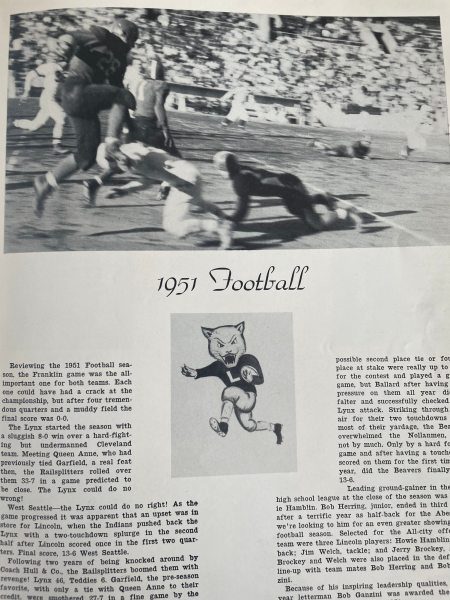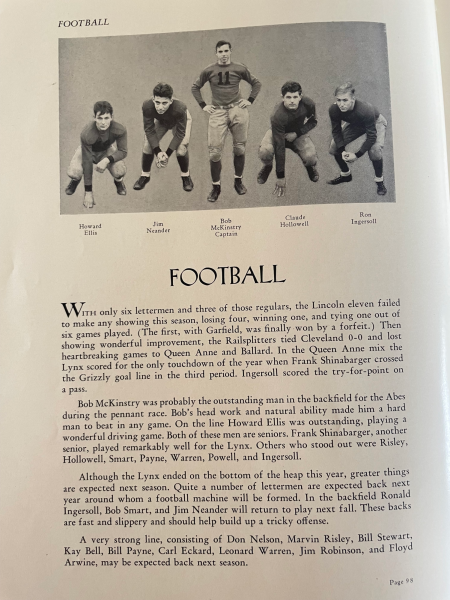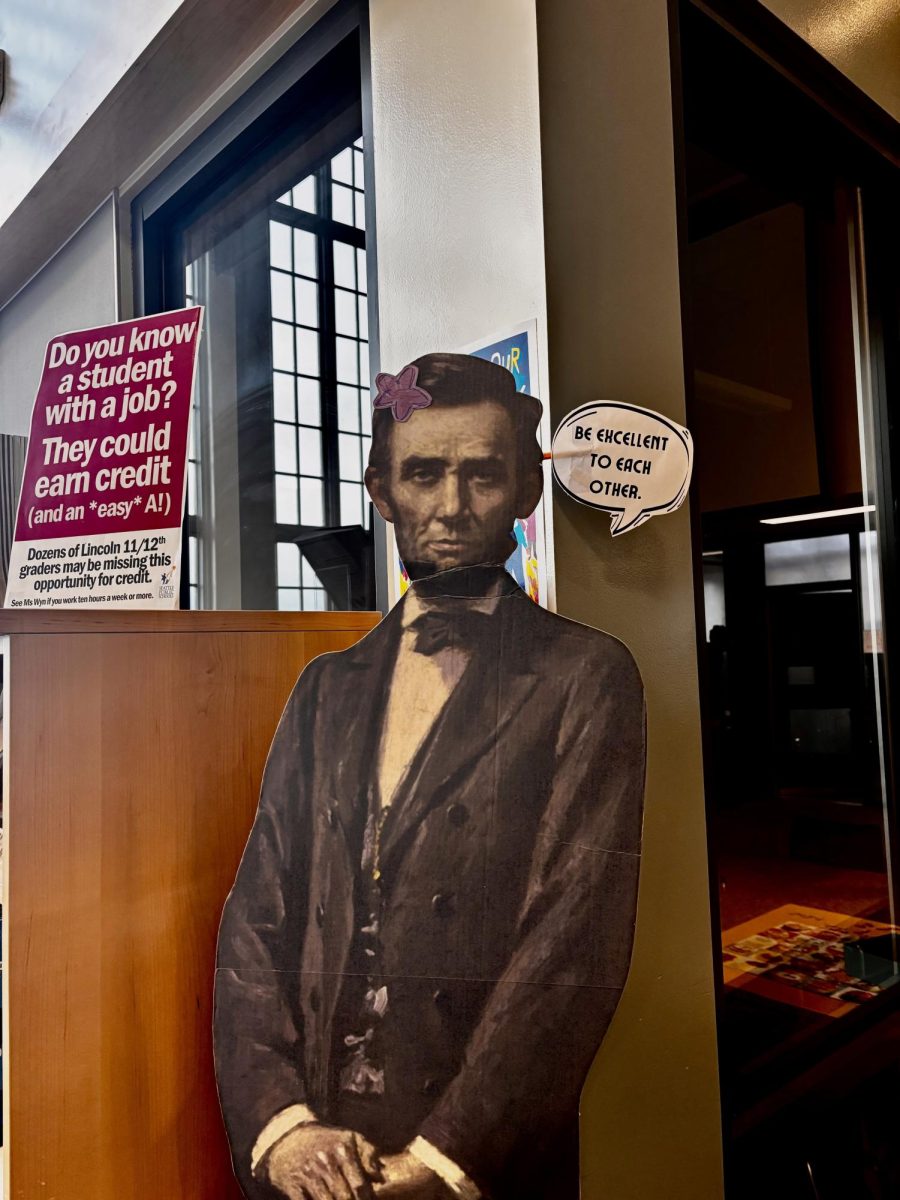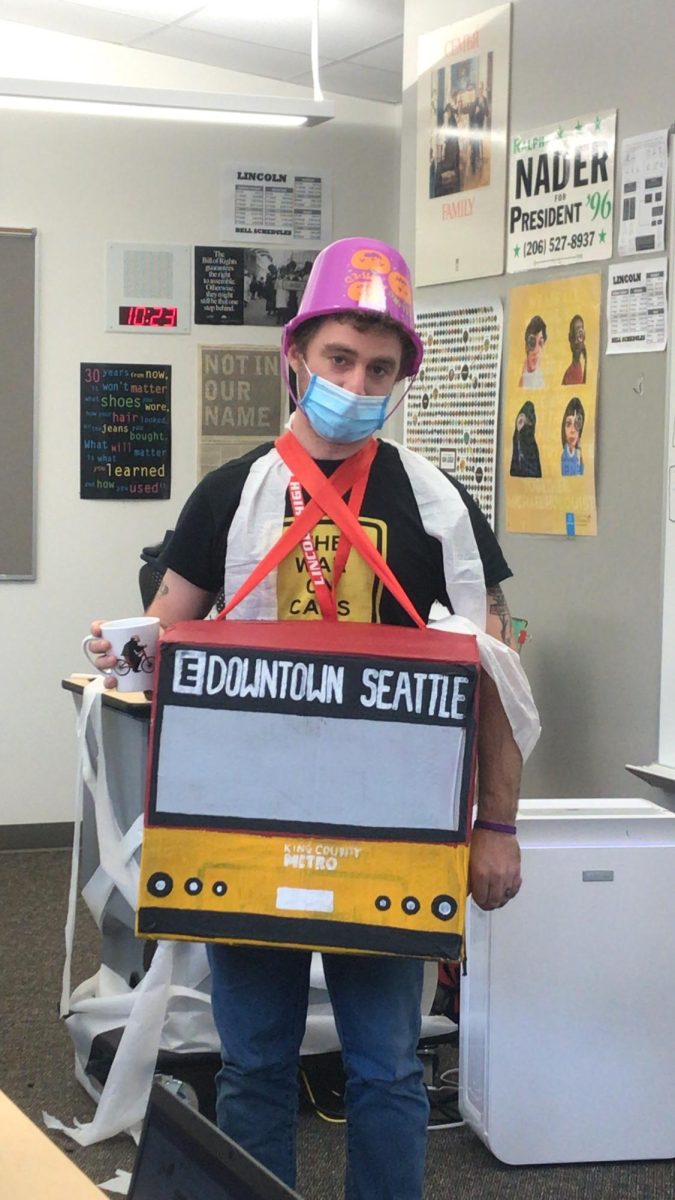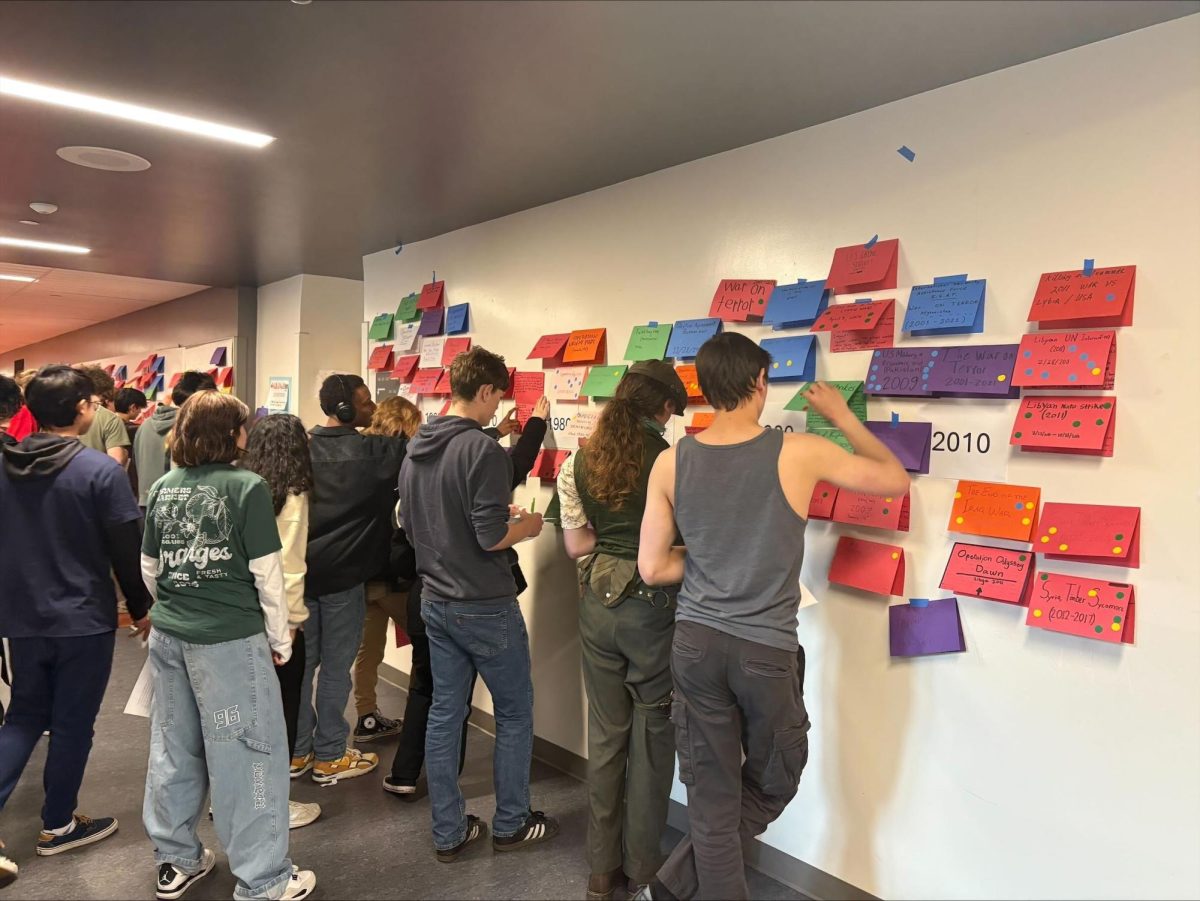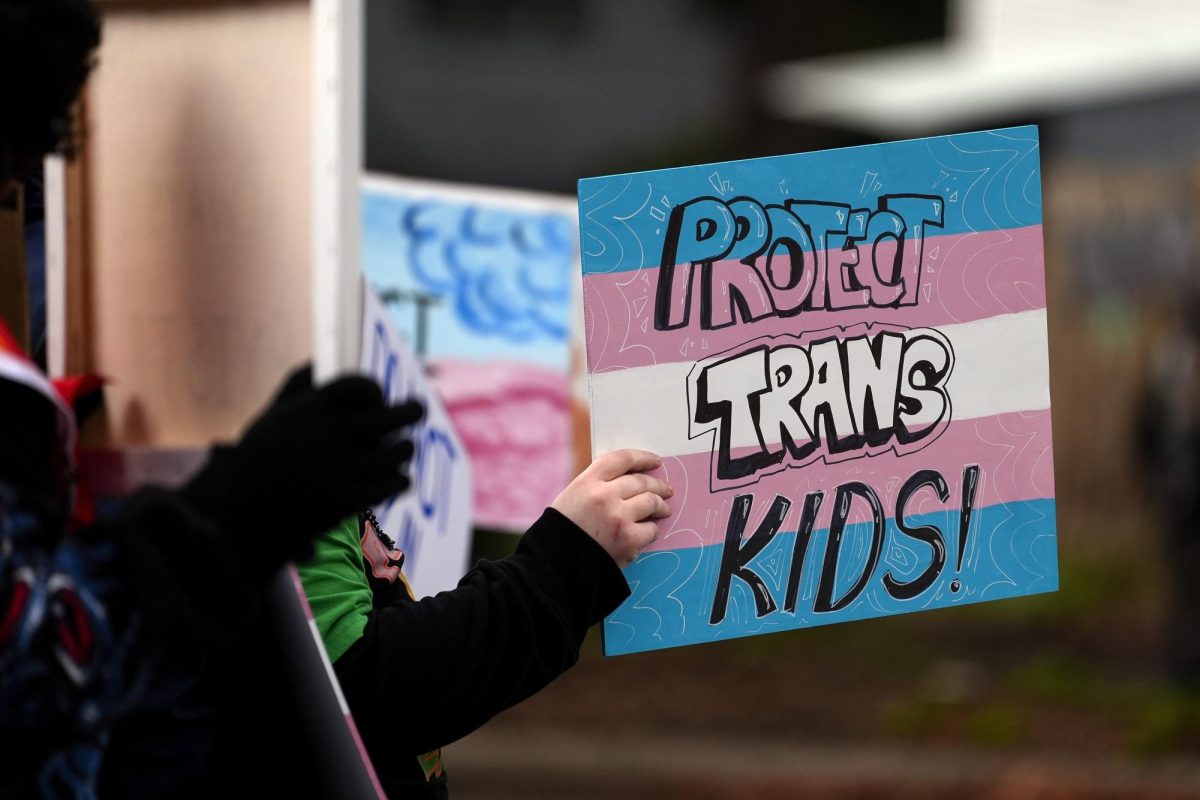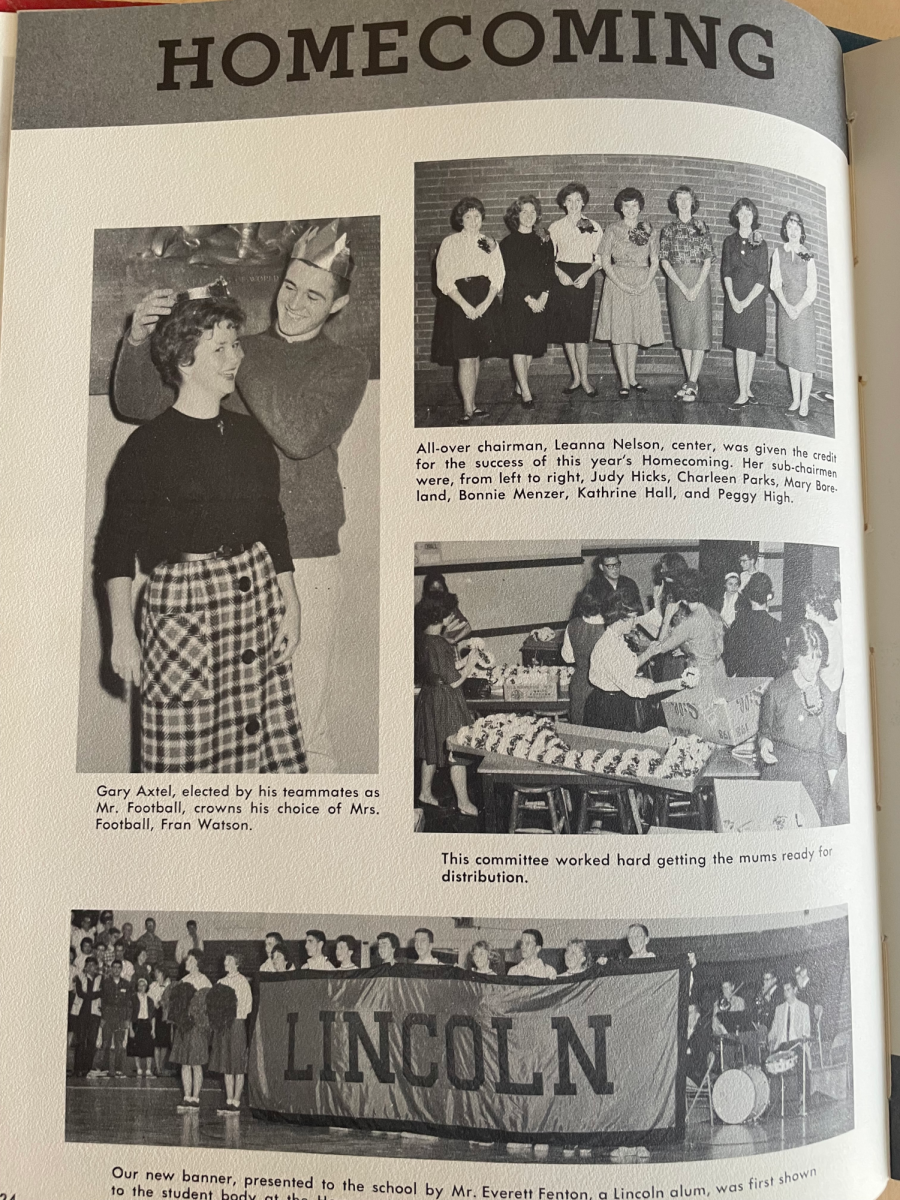Traditions are everywhere. Whether in your home or school, with your friends or family, whether they’re cultural, social, or habitual, traditions are occurring every day. Homecoming is one such tradition that has been around for over a century, celebrated in schools and communities across the United States.
The origins of homecoming can be traced back to the early 1900s, with its first notable event occurring at the University of Missouri in 1911. The university aimed to welcome alumni back to campus, fostering a sense of community and continuity. This initial gathering, which included a football game, soon inspired similar events at other colleges and high schools.
By the 1920s, homecoming had evolved into a more elaborate celebration, featuring parades, dance events, and the crowning of a homecoming king and queen. These festivities not only rekindled alumni connections but also strengthened current students’ school spirit. The tradition began to spread rapidly, particularly in the Midwest, becoming a staple of American high school culture.
Polk Barker (11) remarked that he “never even thought about where homecoming originated from” and was surprised to learn about how the tradition started.
Today, homecoming events typically occur in the fall and often coincide with football season, featuring pep rallies, float parades, and various competitions. While the celebrations may differ from school to school, the core purpose remains the same: to honor the past and unite the present.
Senior Levi Hanscom says that he considers homecoming “a time to celebrate the school as a community.” He went on to explain that he thinks “it’s a big part of our lives and we should appreciate it”.
It’s safe to say that homecoming has changed in its significance over the years, but the overall themes of togetherness and academic significance haven’t strayed far from their origins.
As homecoming continues to evolve, it reflects broader societal changes, incorporating themes of diversity and inclusion. Schools are increasingly recognizing the importance of celebrating all students, making the event a true reflection of their communities.
In essence, homecoming serves as a reminder of the bonds formed in youth, celebrating not just a return to school, but a return to shared memories and experiences, fostering a spirit of belonging that resonates for years to come.
